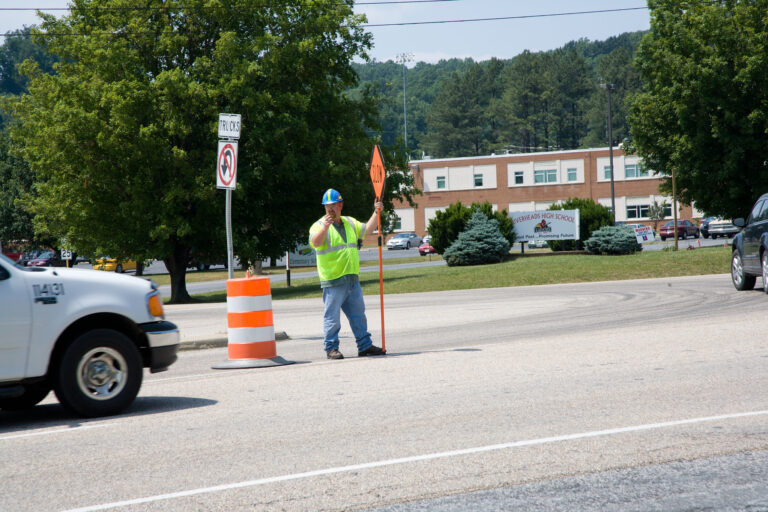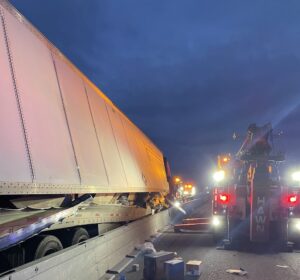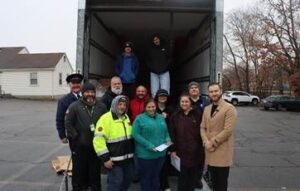WASHINGTON — The American Association of State Highway and Transportation Officials (AASHTO) has joined eight other organizations as signatories to a letter sent on December 20 to Congressional committee leaders that seeks the allowance of federal funding for automated speed enforcement of work zones.
Most work zone fatalities and injuries can be attributed to speeding, the letter argued, noting that in 2017 nearly 800 people were killed and 38,900 injured in work zone-related vehicle crashes.
“Speed zone enforcement in work zones is effective at reducing speed, but when carried out by a law enforcement officer, that person is placed at risk, too,” the letter — authored by the National Safety Council — argued.
The use of automated enforcement systems in work zones can reduce speeding and by extension the crashes, fatalities, and injuries it causes — noting that Maryland witnessed an 80 percent reduction in work zone speeding violations and a nearly 50 percent reduction in work zone fatalities by deploying automated enforcement technology, according to an article published in the Journal, the official publication of AASHTO.
Yet the letter noted that some states lack resources to implement such technology; a problem that would be solved if federal funds could be used to implement it.
“We hope you will support states that want to use this technology to protect workers and law enforcement officers by allowing federal funds to be used for automated enforcement in work zones,” the letter said.
Currently, no highway safety improvement program or HSIP funds may be used for automated enforcement activity, according to federal statute, as section 1401 of the Fixing America’s Surface Transportation or FAST Act states “HSIP funds may not be used for any program to purchase, operate, or maintain an automated traffic enforcement system; i.e., any camera that captures an image of a vehicle for the purposes of traffic law enforcement.”
Section 402 grants provided by the National Highway Safety Traffic Administration also cannot be used for automated enforcement purposes: “No 402 funds can be spent on the implementation of automated enforcement programs,” according to that statute.
According to information provided by the National Work Zone Safety Information Clearinghouse (www.workzonesafety.org) in 2018 there were 671 fatal work zone crashes that resulted in 754 fatalities.
During the same period, there were 203 fatal truck-involved crashes that resulted in 203 deaths.
Federal Highway Administration data show that 1,269 road construction worker deaths occurred at construction sites from 2003 through 2016. This accounted for about 9 percent of all construction fatalities each year.
The Trucker News Staff produces engaging content for not only TheTrucker.com, but also The Trucker Newspaper, which has been serving the trucking industry for more than 30 years. With a focus on drivers, the Trucker News Staff aims to provide relevant, objective content pertaining to the trucking segment of the transportation industry. The Trucker News Staff is based in Little Rock, Arkansas.















